Prompting and improving biodiversity in urban areas starts with careful planning at home.
This process combines several steps and techniques that combine together to encourage various plants, animals, and insects to live in your backyard, thus preserving nature in your home and neighborhood.
Biodiversity is a sign that an environment or habitat is healthy because it welcomes different creatures that live in harmony and provide each other with several benefits.
This article will discuss 7 ways to improve biodiversity at home or in urban areas, so keep on reading.
What is Biodiversity in Urban Areas?
Before thinking of ways to improve biodiversity in your backyard or the surrounding neighborhood, you need to understand what it really refers to.
Biodiversity is a concept that measures the success of a habitat or ecosystem-based on how different creatures successfully coexist.
Real-life examples of biodiversity can be seen in a pond where different plants, fish, reptiles, amphibians, bugs, and even bacteria coexist and provide each other with the means to survive.
In urban areas, the meaning of biodiversity can still be confusing to some people. Most people think of bugs as a nuisance and don’t really understand how wildlife can affect their lives at home.
However, every single organism that exists on earth and contributes to its biodiversity can affect us one way or another.
Plants and trees in urban areas do more than add financial value to your property, as they actually filter the air and add more oxygen after absorbing carbon dioxide.
Bugs like bees, moths, and butterflies distribute the pollen, and without them, there will be no trees, flowers, fruits, or nuts.
Other less desirable bugs like cockroaches help recycle matter as they feed on dead organic matter to clean an ecosystem. At the same time, their waste helps nourish plants and help them grow.
Another example of the indirect benefits of biodiversity involves mangroves and coral reefs.
Although they don’t directly affect your property if you live in a coastal area where they grow, they actually help protect these areas from tsunamis and cyclones.
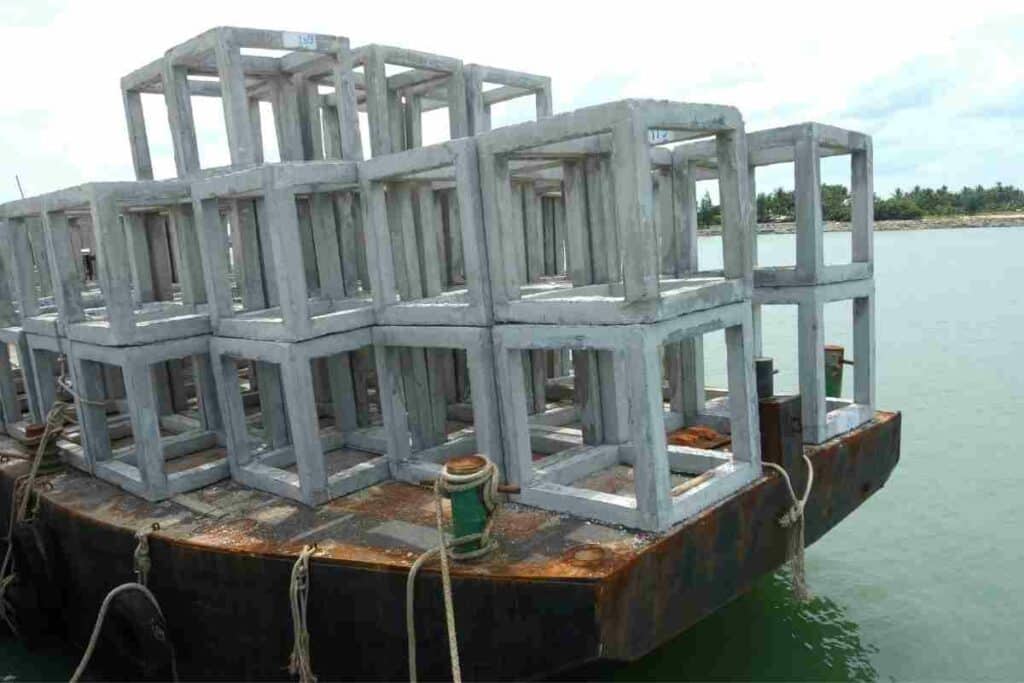
Spider monkeys that live in tropical regions play a big role in protecting the environment and maintaining its balance.
Seeds of hardwood trees are distributed from one location to another with the help of these monkeys as they feed on their fruits.
Hardwood trees are the most effective in removing pollutants from the air that you breathe, even when you live away from tropical rainforests.
In urban areas, there are literally millions of interactions that take place every day between different creatures, and it’s your job to maintain and improve biodiversity to help them play their roles.
7 Ways to Improve Biodiversity at Home or In Urban Areas
The primary purpose of improving biodiversity at your home or in your surrounding urban area is to make the habitat more inviting to different creatures or more suitable for their existence to perform their role in maintaining balance in the ecosystem.
The problem is that humans have for so long interfered with how nature works due to practices like building cities and streets by cutting down trees and removing water bodies from several areas.
By improving biodiversity, you might be able to reverse some of the adverse effects of humans’ meddling with nature and interfering with how different creatures live and survive.
This can be done by carefully planning and executing landscape decisions that will make your home and urban area more inviting to various creatures. Here are 7 potent and practical tips that you can follow.
1. Create Wildlife Corridors and Passages
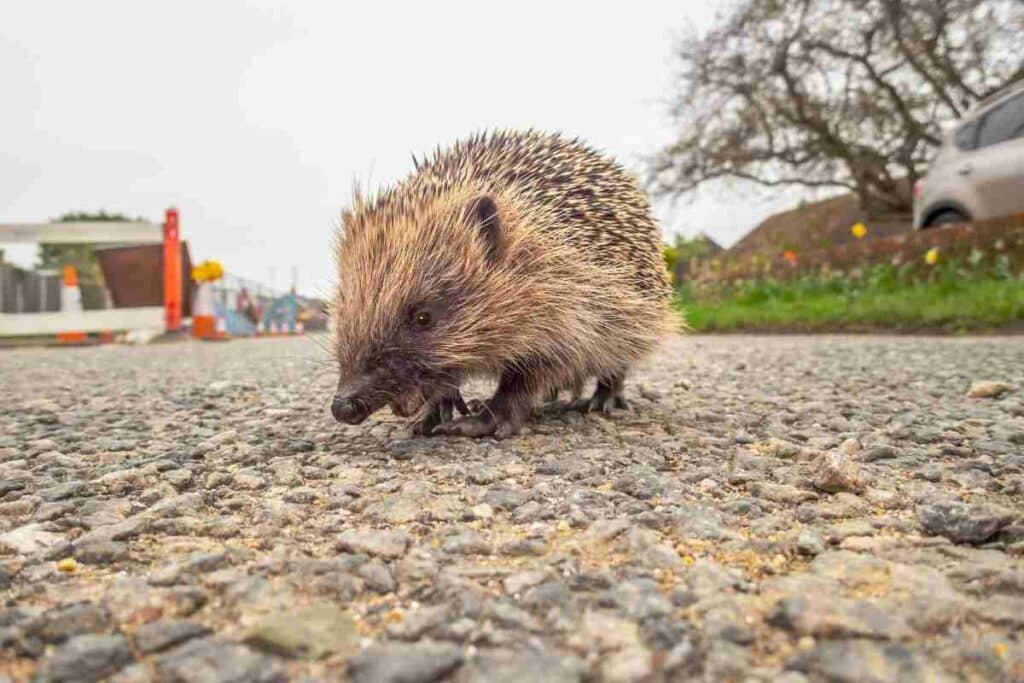
By carefully choosing the trees and shrubs to plant in your home, you can create a safe passage that grants smaller animals the means to pass through from one green area to another.
At the same time, such a fence will protect properties from bigger wild animals that can cause problems in urban areas.
A clear example of this concept is the hedgerow, which has been considered a staple in English garden aesthetics.
It adds the needed privacy to your private property, creates a physical barrier to people and larger animals, but allows smaller animals like hedgehogs to pass through.
Hedgehogs eat unwanted invertebrates like caterpillars and slugs that feed on your plants and ruin your produce or landscape. A hedgerow will also stabilize the soil and preserve water in your area.
2. Attract Birds and Butterflies to Your Garden
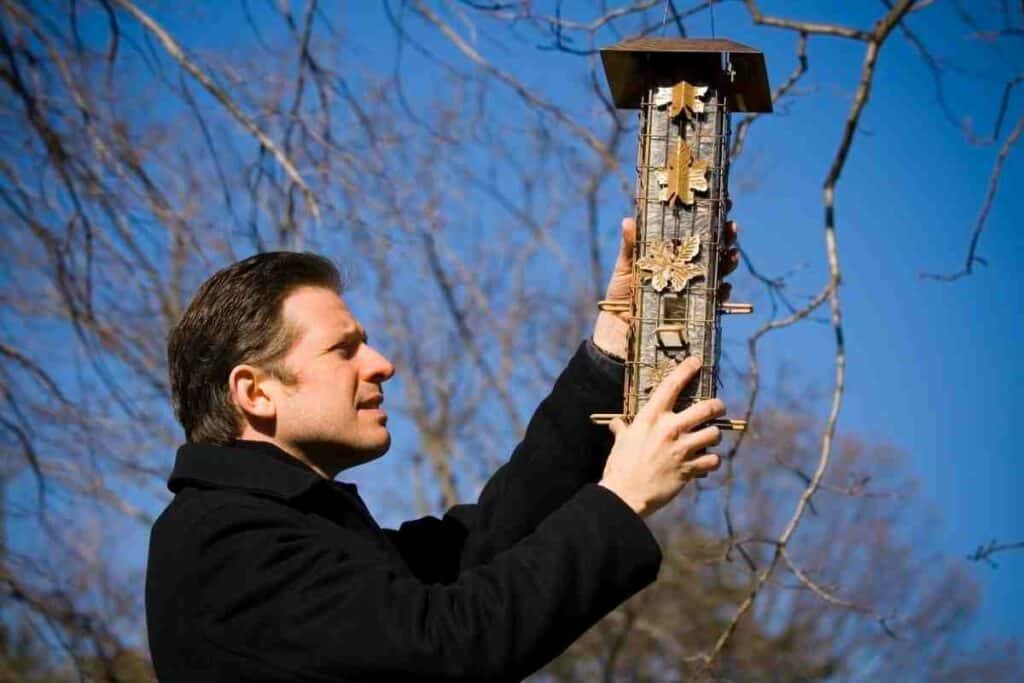
Before you built your home, this land was home to several local birds and butterflies. This is why you need to plant local flowers and plants that will help attract them again to their previous home that you both now share.
Birds feed on the seeds and nectar of flowers and help spread their pollen. Bees and butterflies do the same in the morning, while moths and bats do this at night.
Think of the types of flowers that attract the birds in your local areas, and provide them with suet and peanut butter by setting up a bird feeder during winter.
3. Keep a Source of Water in Your Garden
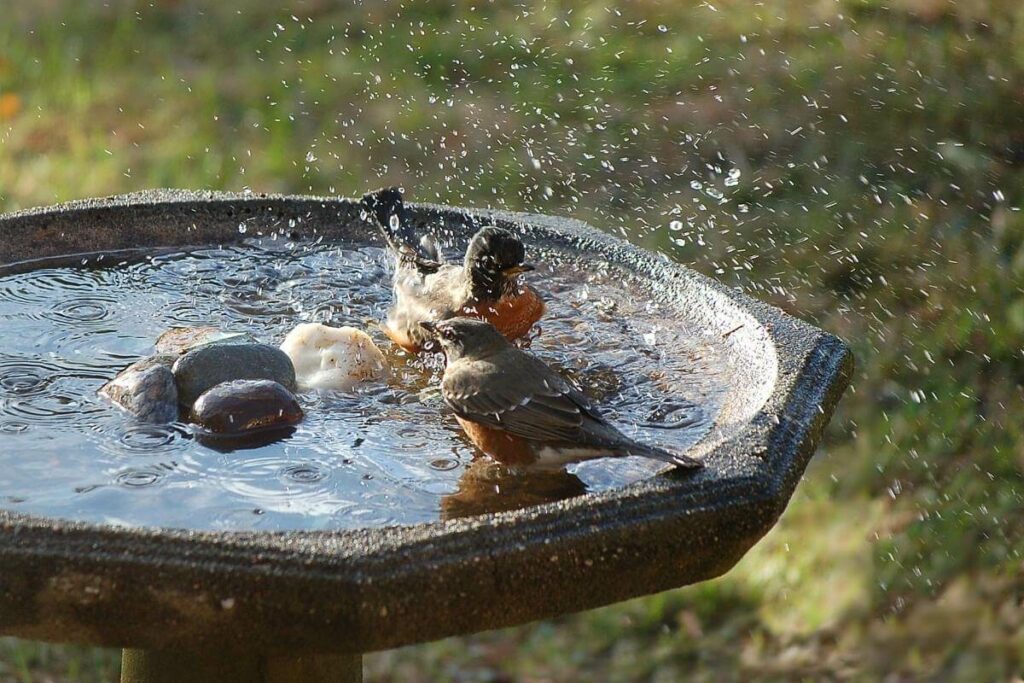
A source of water can be a great wildlife attraction. It can be as small as a birdbath for birds in summer or a pond that you can fill with aquatic wildlife.
A pond or a small stream will also encourage the growth of more plants that appeal to birds and other animals.
4. Use Safe and Organic Maintenance Methods

Pollinators like honeybees are extremely sensitive to chemicals. This is why you need to think of safe and non-toxic methods to deal with invasive or unwanted plants.
Insecticides don’t differentiate between different types of bugs and insects, negatively affecting pollinators that play a significant role in maintaining and preserving your garden.
Moreover, strong insecticides that kill all the insects will leave no food source for wildlife that visits your garden.
Chemical fertilizers get deposited into different parts of the plants, including the leaves, roots, and flowers.
Unless they’re safe, these fertilizers will harm the animals and birds that feed on your plants.
Composting is a great idea because it helps you recycle and provides your plants with the needed nutrients.
5. Pay Attention to Dead Trees
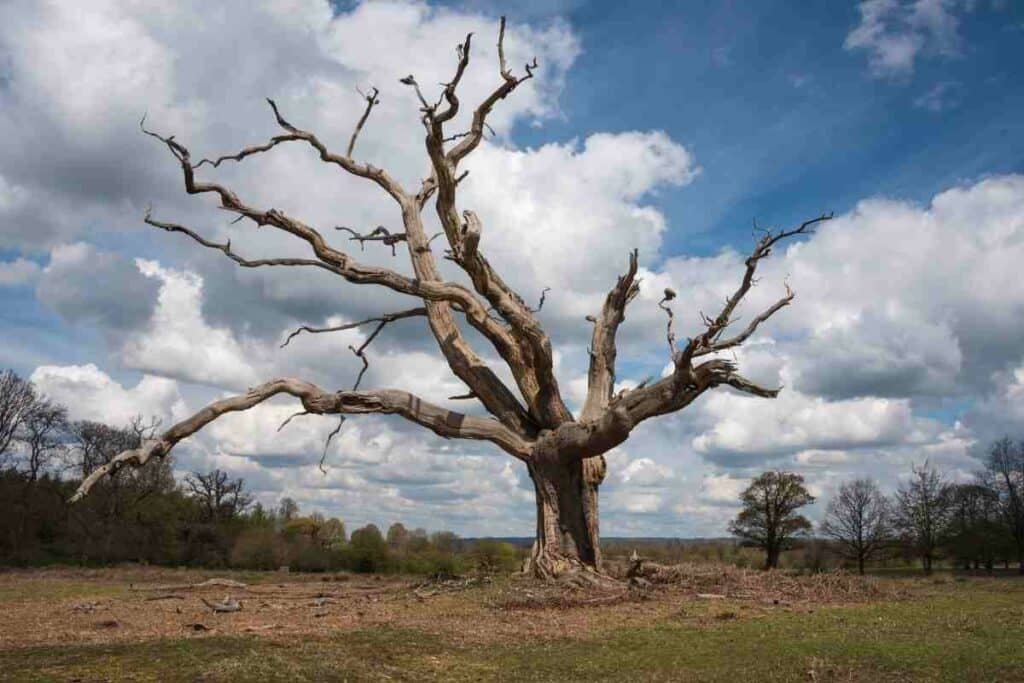
Big dead trees represent a hazard because they can accidentally fall and damage your car or house.
But if the tree is located in a safe spot, you can leave it as it will attract different types of wildlife.
Woodpeckers love to excavate holes in dead trees. These trees are also home to squirrels, racoons, beetles, and ants that represent the primary food source for different animals and birds.
6. Make Use of Existing Green Areas
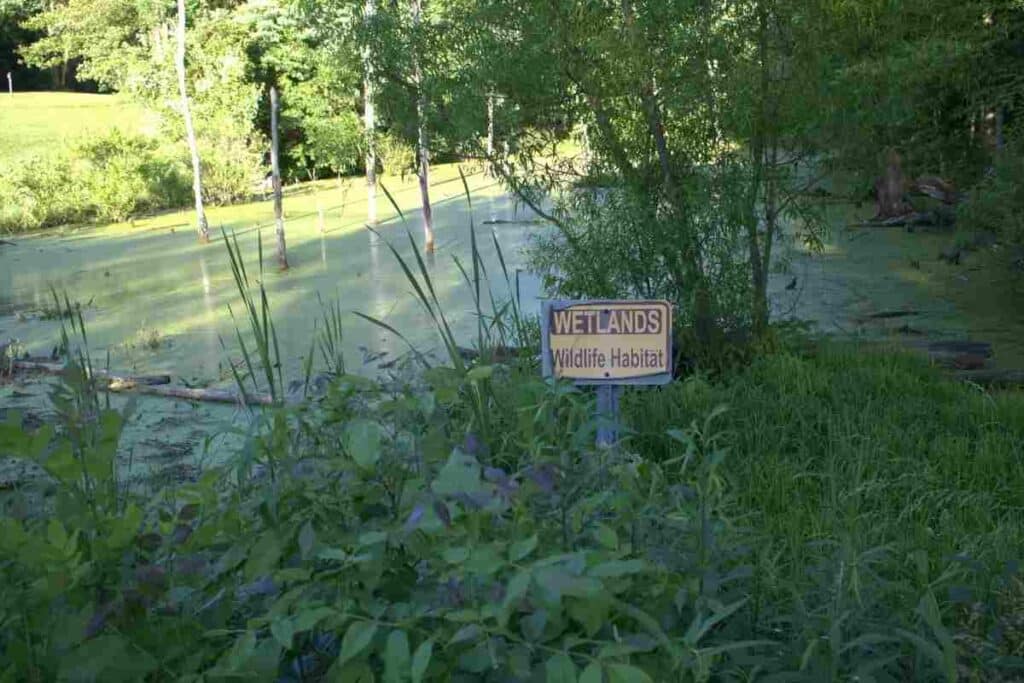
When planning a landscape in an urban area, it’s a good idea to think of the currently existing ones and build bio-bridges to connect different areas together.
Nearby forests or wetlands already support wildlife near your urban area or home.
Think of connecting water bodies or creating a safe passage for animals, birds, and bugs that live in these areas and how they can find a new home in your garden or backyard.
7. Be Careful With Non-Native Predators
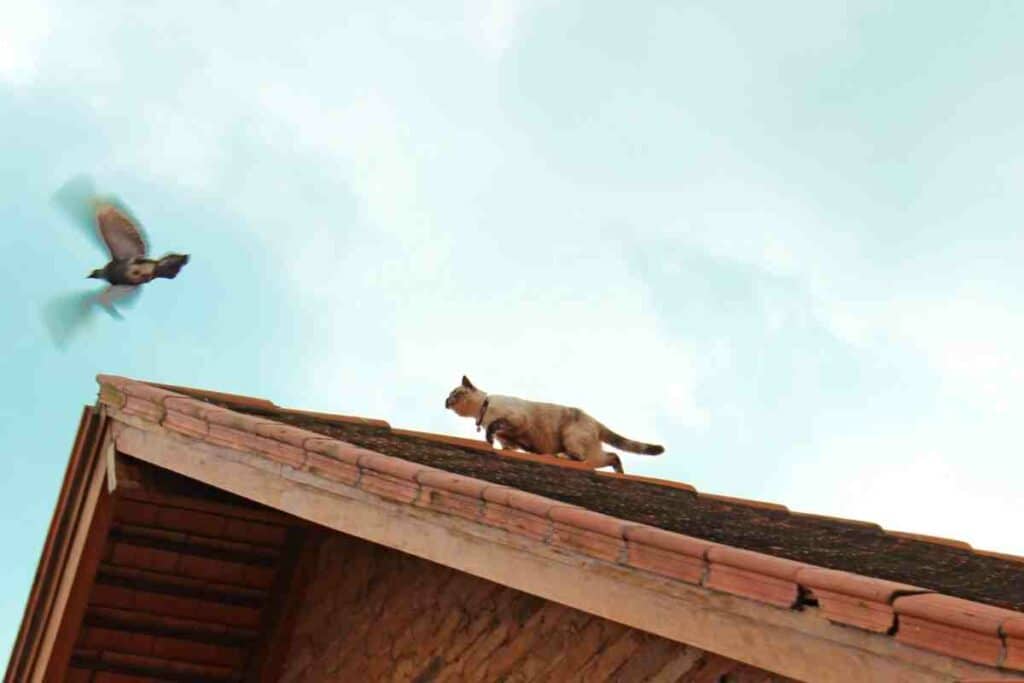
Animals and birds in your area know how to defend themselves against local and native predators.
However, introducing new animals into your house or urban area can mess up with the biodiversity and balance.
Housecats, for example, are responsible for songbird deaths, killing about 2.4 billion birds every year, so you should be mindful of their existence when you’re planning your garden.
Make sure that your cat has no access to the bird feeder and keep your cat indoors at night.
Wrap Up
Biodiversity refers to the balance and cooperation between different creatures that help keep an ecosystem balanced.
There are several ways that you can follow to improve biodiversity at home or in your urban area, mainly by focusing on making your space more inviting to native wildlife.
